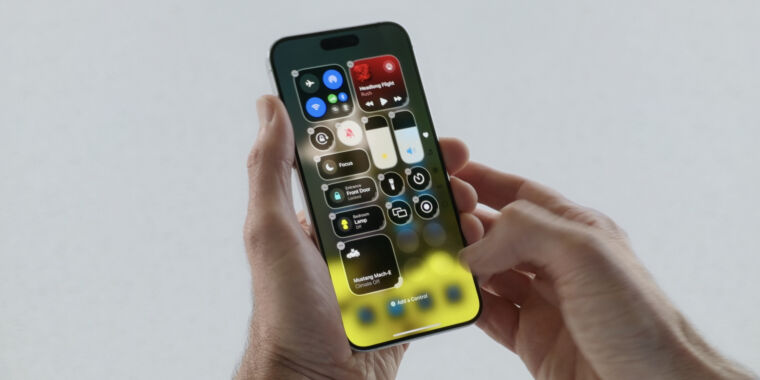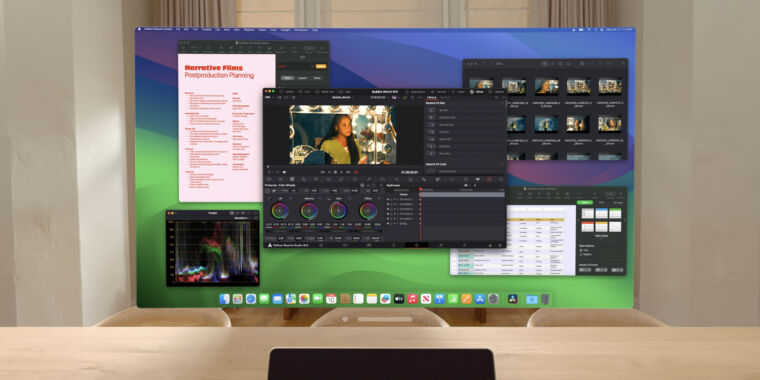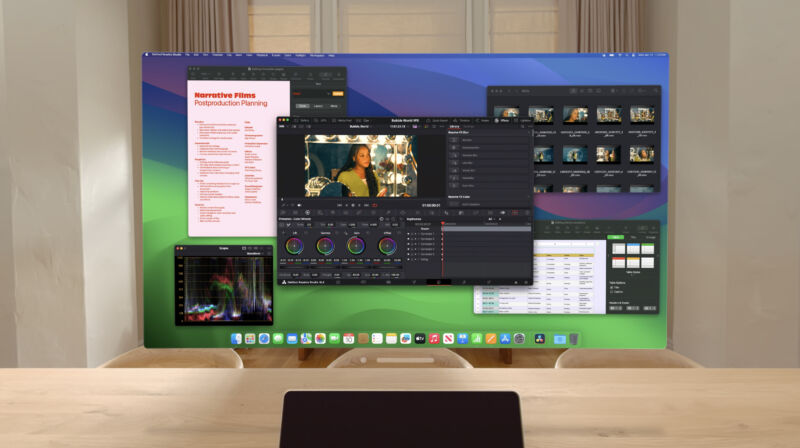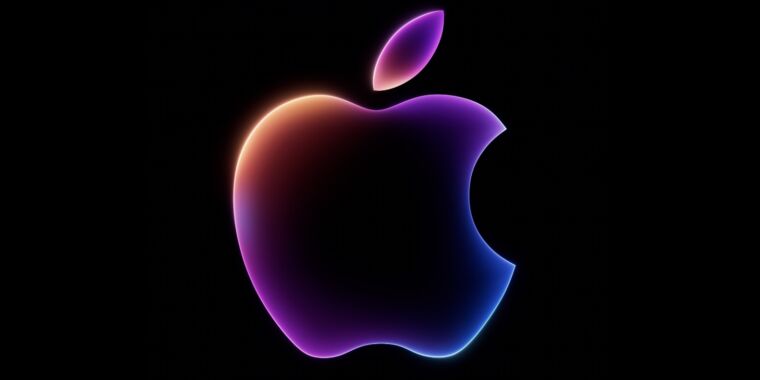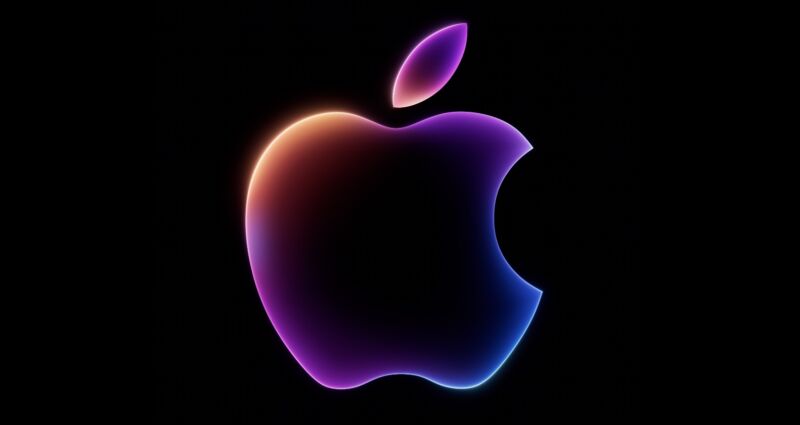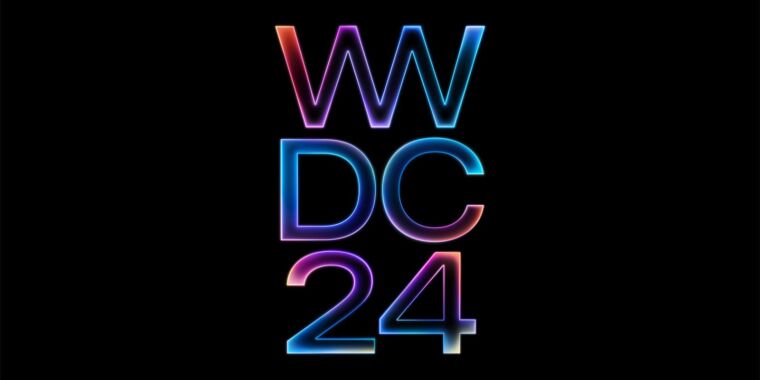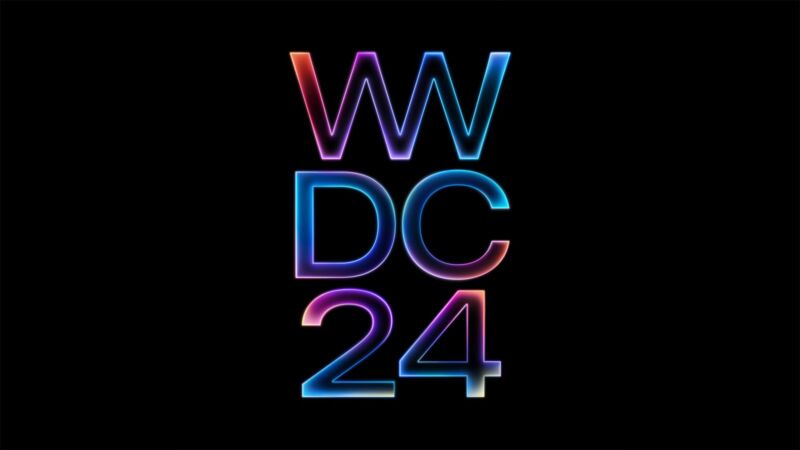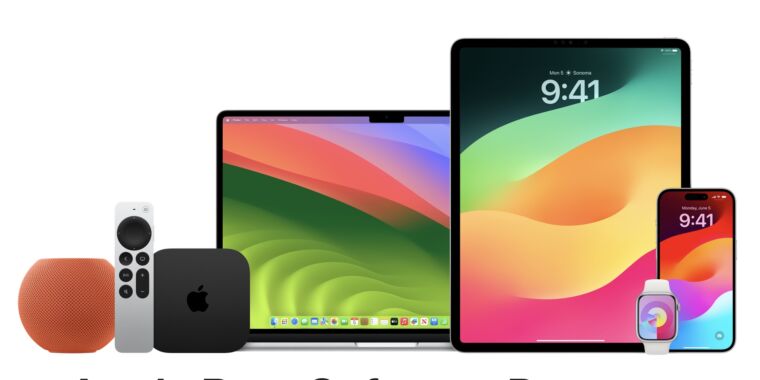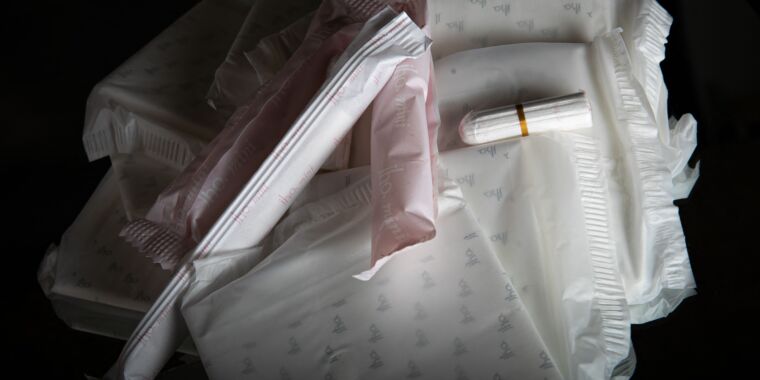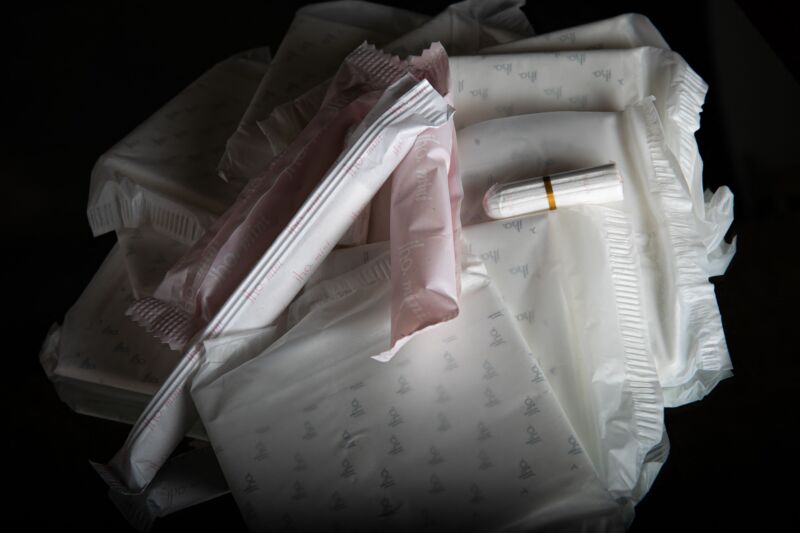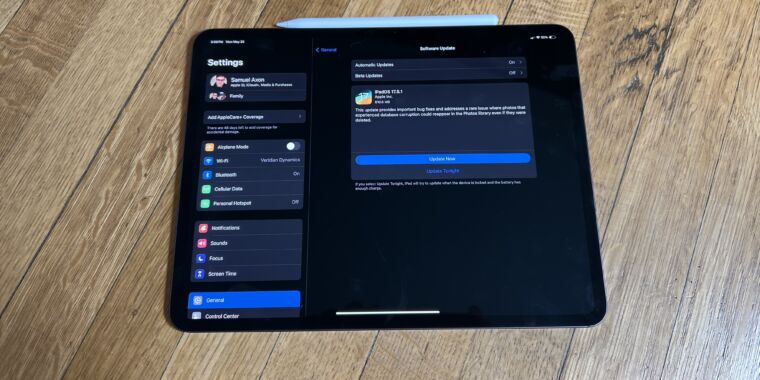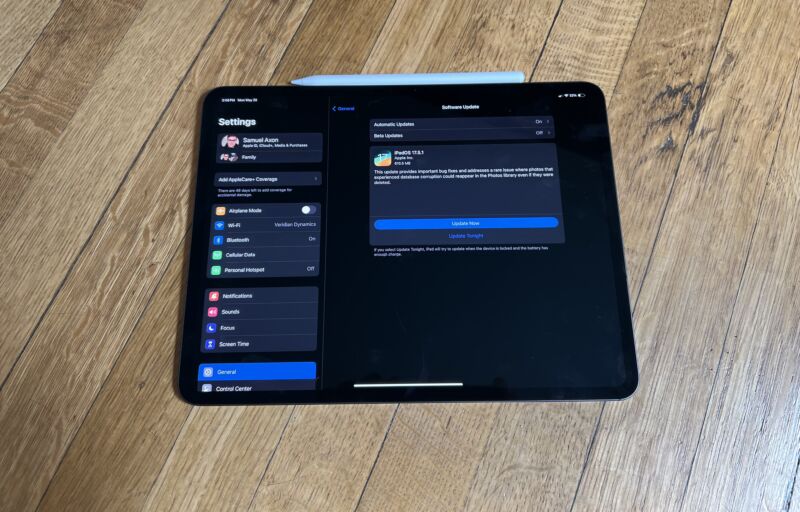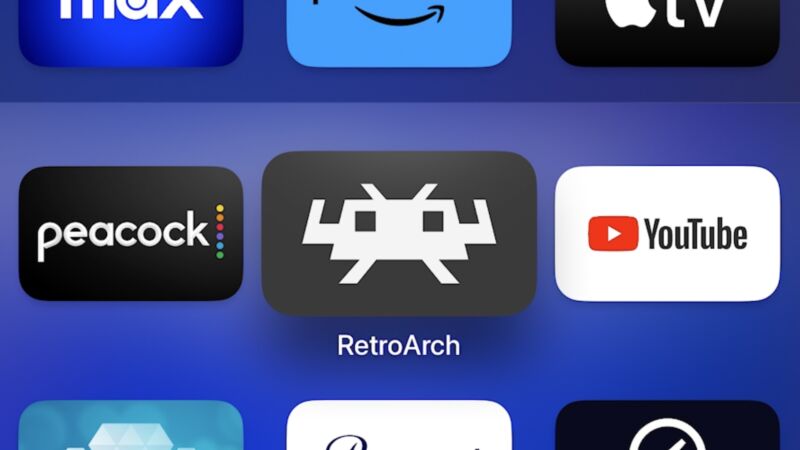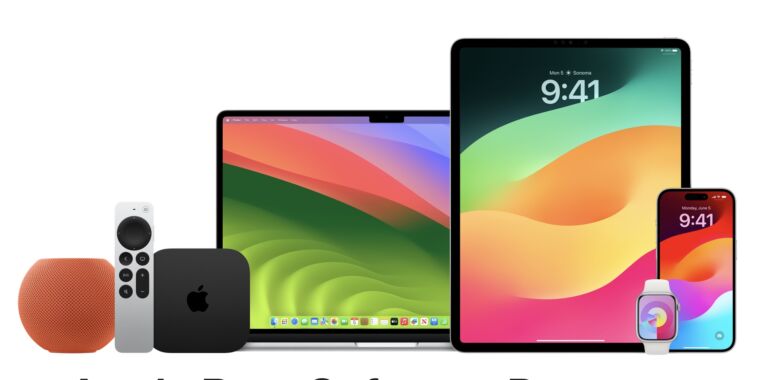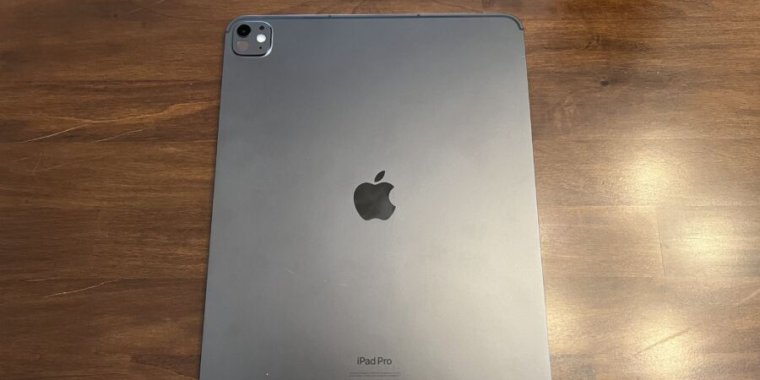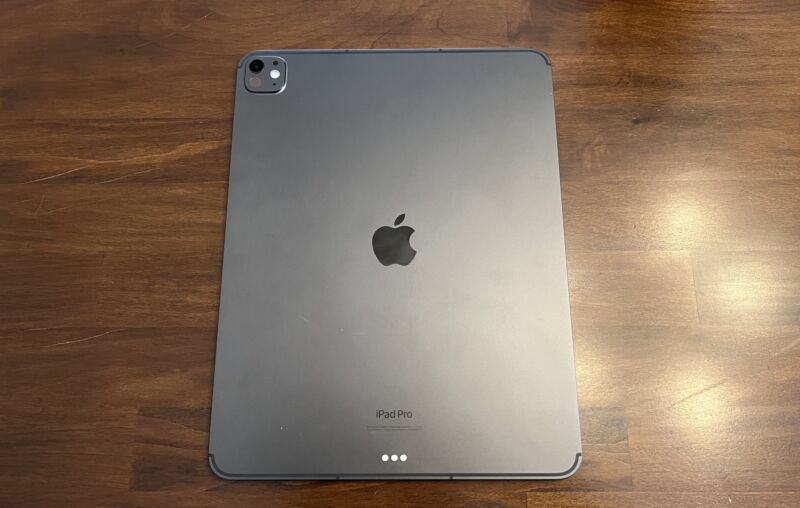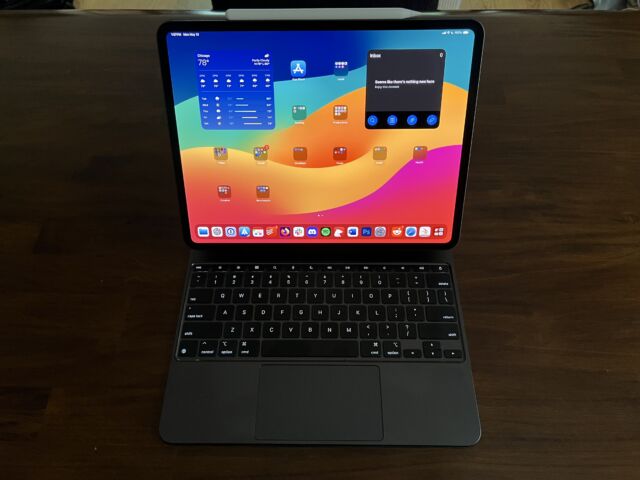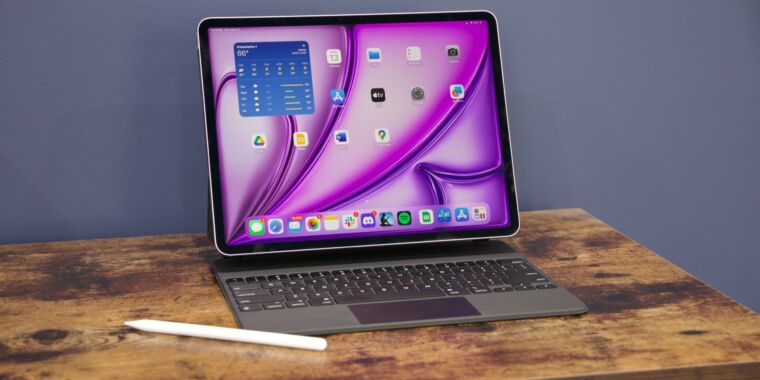iOS 18 adds Apple Intelligence, customizations, and makes Android SMS nicer
Apple WWDC 2024 —
Mail gets categories, Messages gets more tapbacks, and apps can now be locked.
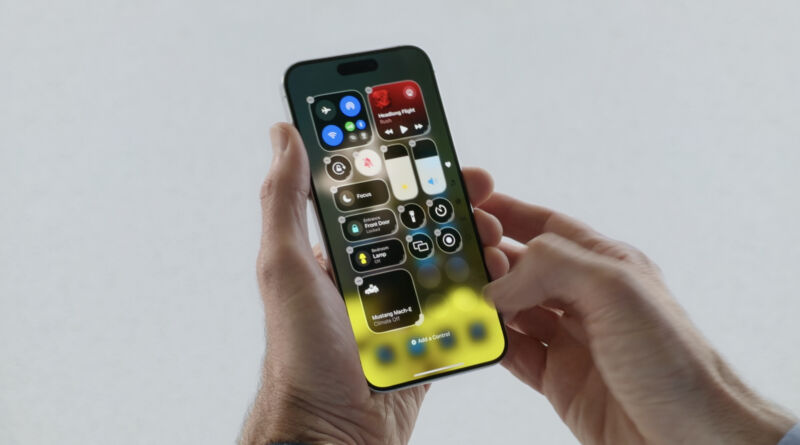
Apple
The biggest feature in iOS 18, the one that affects the most people, was a single item in a comma-stuffed sentence by Apple software boss Craig Federighi: “Support for RCS.”
As we noted when Apple announced its support for “RCS Universal Profile,” a kind of minimum viable cross-device rich messaging, iPhone users getting RCS means SMS chains with Android users “will be slightly less awful.” SMS messages will soon have read receipts, higher-quality media sending, and typing indicators, along with better security. And RCS messages can go over Wi-Fi when you don’t have a cellular signal. Apple is certainly downplaying a major cross-platform compatibility upgrade, but it’s a notable quality-of-life boost.
-
Prioritized notifications through Apple Intelligence
-
Sending a friend an AI-generated image of them holding a birthday cake, which is not exactly the future we all envisioned for 2024, but here we are.
Apple
-
Example of a query that a supposedly now context-aware Siri can tackle.
-
Asking Siri “When is my mom’s flight landing,” followed by “What is our lunch plan?” can pull in data from multiple apps for an answer.
Apple Intelligence, the new Siri, and the iPhone
iOS 18 is one of the major beneficiaries of Apple’s AI rollout, dubbed “Apple Intelligence.” Apple Intelligence promises to help iPhone users create and understand language and images, with the proper context from your phone’s apps: photos, calendar, email, messages, and more.
Some of the suggested AI offerings include:
- Auto-prioritizing notifications
- Generating an AI image of people when you wish them a happy birthday.
- Using Maps, Calendar, and an email with a meeting update to figure out if a work meeting change will make Federighi miss his daughter’s recital.
Many of the models needed to respond to your requests can be run on the device, Apple claims. For queries that need to go to remote servers, Apple relies on “Private Cloud Compute.” Apple has built its own servers, running on Apple Silicon, to handle requests that need more computational power. Your phone only sends the data necessary, is never stored, and independent researchers can verify the software on Apple’s servers, the company claims.
Siri is getting AI-powered upgrades across all platforms, including iOS. Apple says that Siri now understands more context in your questions to it. It will have awareness of what’s on your screen, so you could say “Add this address to his contact card” while messaging. You could ask it to “take a light-trail effect photo” from the camera. And “personal context” was repeatedly highlighted, including requests to find things people sent you, add your license number to a form (from an old ID picture), or ask “When is my mom’s flight landing?”
The non-AI things coming in iOS 18
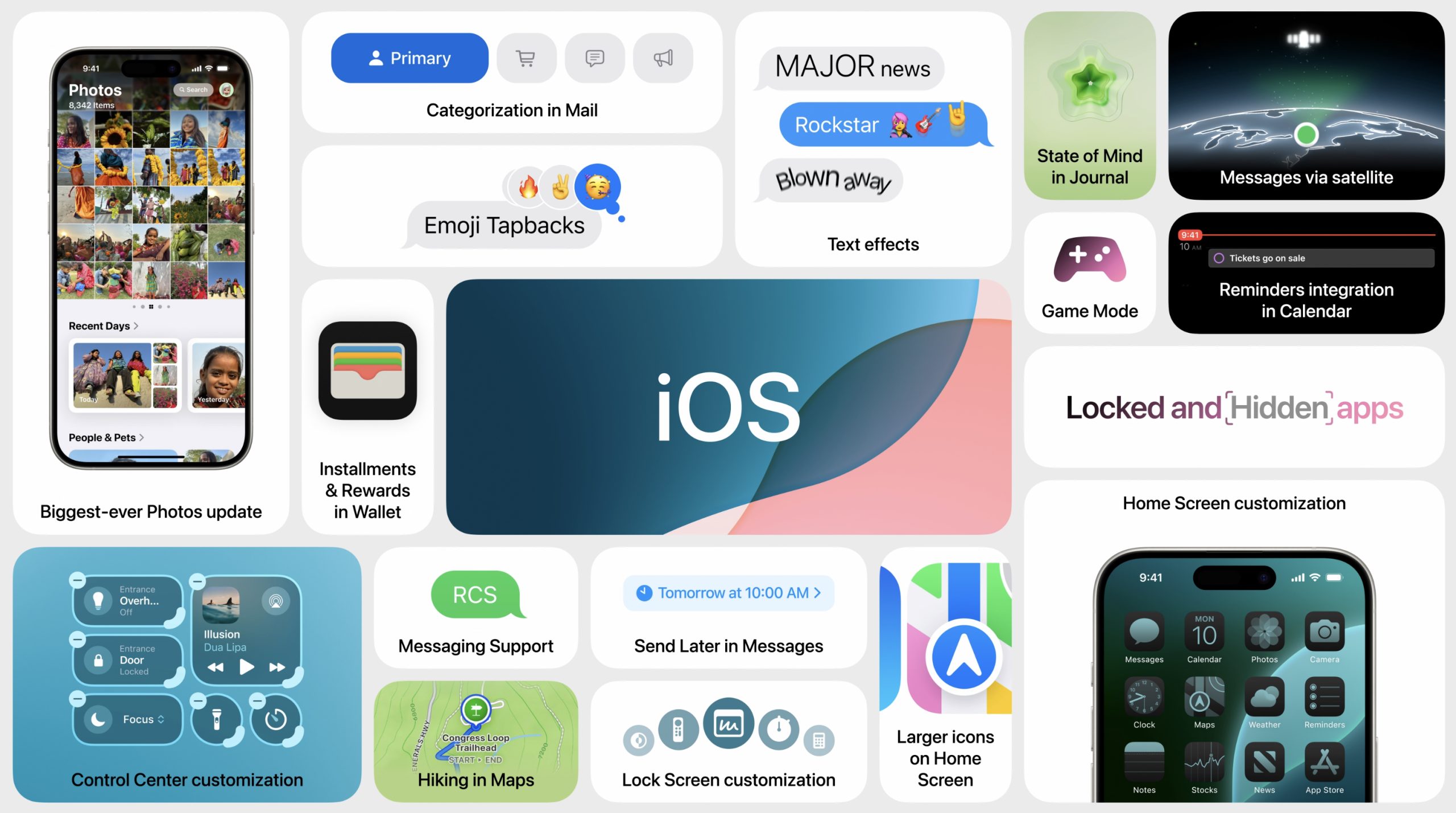
A whole bunch of little boosts to iOS 18 announced by Apple.
On the iPhone itself, iOS 18 icons will change their look when in dark mode, and you can customize the look of compatible icons. Control Center, the pull-down menu in the top-right corner, now has multiple swipe-accessible controls, accessed through a strange-until-you’re-used-to-it long continuous swipe from the top. Developers are also getting access to the Control Center, so they can add their own apps’ controls. The lock screen will also get more customization, letting you swap out the standard flashlight and camera buttons for other items you prefer.
Privacy got some attention, too. Apps can be locked, such that Face ID, Touch ID, or a passcode is necessary to open them. Apps can also be hidden and have their data prevented from showing up in notifications, searches, or other streams. New controls also limit the access you may grant to apps for contacts, network, and devices.
Messages will have “a huge year,” according to Apple. Tapbacks (instant reactions) can now include any emoji on the phone. Messages can be scheduled for later sending, text can be formatted, and there are “text effects” that do things like zoom in on the word “MAJOR” or make “Blown away” explode off the screen. And “Messages via satellite” is now available for phones that have satellite access, with end-to-end encryption.

Here’s a Messages upgrade that is absolutely going to surprise everybody when they forget about it in four months and then it shows up in a weird message.
The Mail app gets on-device categorization with Gmail-like labels like “Primary,” “Transactions,” “Updates,” and “Promotions.” Mail can also show you all the emails you get from certain businesses, such as receipts and tickets.
The Maps app is getting trail routes for US National Parks. Wallet now lets you “Tap to Cash,” sending money between phones in close proximity. Journal can now log your state of mind, track your goals, track streaks, and log “other fun stats.”
Photo libraries are getting navigation upgrades, with screenshots, receipts, and other banal photos automatically filtered out from gallery scrolls. There’s some automatic categorization of trips, days, and events. And, keeping with the theme of iOS 18, you can customize and reorder the collections and features Photos shows you when you browse through it.
This is a developing story and this post will be updated with new information.
iOS 18 adds Apple Intelligence, customizations, and makes Android SMS nicer Read More »
